Search
Did you mean: Oxus?
Search Results

Article
Trade in Ancient Mesopotamia
Local trade in ancient Mesopotamia began in the Ubaid Period (c. 5000-4100 BCE), had developed into long-distance trade by the Uruk Period (c. 4100-2900 BCE), and was flourishing by the time of the Early Dynastic Period (2900-2334 BCE). Developments...
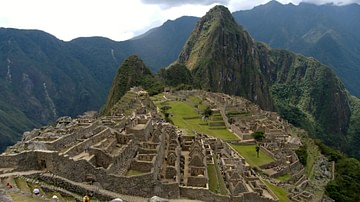
Definition
Inca Civilization
The Inca civilization flourished in ancient Peru between c. 1400 and 1533 CE. The Inca Empire eventually extended across western South America from Quito in the north to Santiago in the south. It was the largest empire ever seen in the Americas...
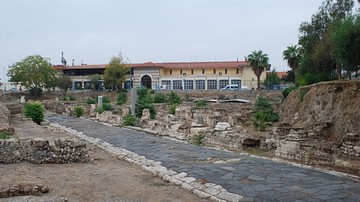
Definition
Tarsus
Tarsus was a city in ancient Cilicia located in the modern-day province of Mersin, Turkey. It is one of the oldest continually inhabited urban centers in the world, dating back to the Neolithic Period. It was built close by the Cydnus River...
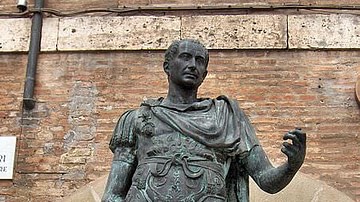
Definition
Aedile
The aedile was an official of the Roman Republic who maintained Roman roads, supervised the grain and water supply, and provided the city's citizens with games among other duties. Initially, they were plebeian and elected annually by the...
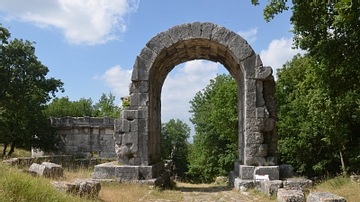
Article
Visitor’s Guide to Carsulae (San Damiano)
Carsulae in Umbria, central Italy, was founded c. 300 BCE and only became a prosperous urban centre after it was connected by the Via Flaminia towards the end of the 3rd century BCE. It was granted the status of municipium and acquired a...

Book Review
Empires of Ancient Eurasia: The First Silk Roads Era, 100 BCE – 250 CE
In the book's Introduction, Craig Benjamin writes that, between the 2nd century BCE and the mid-3rd century CE, the Silk Roads linked together many cultures and communities throughout Afro-Eurasia. This is the “First Silk Roads Era,” which...
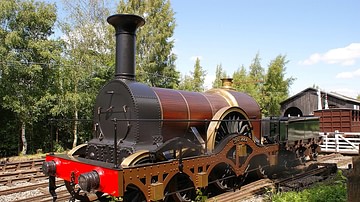
Article
The Railways in the British Industrial Revolution
The railways were perhaps the most visible element of the Industrial Revolution for many. Trains powered by steam engines carried goods and people faster than ever before and reached new destinations, connecting businesses to new markets...
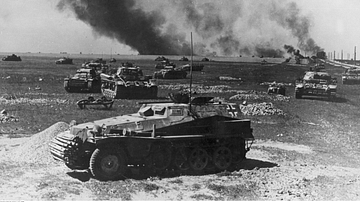
Article
Battle of Białystok-Minsk
The Battle of Białystok-Minsk in Jun-Jul 1941, which involved the encirclement of entire Soviet armies positioned near each city in Poland and Belarus, respectively, was one of the first victories by Nazi Germany and its Axis allies against...
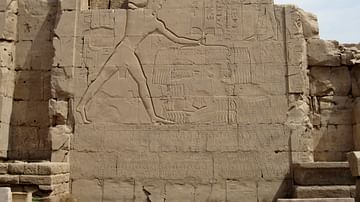
Article
Thutmose III's Battle of Megiddo Inscription
The Battle of Megiddo (c. 1457 BCE) is one of the most famous military engagements in history in which Thutmose III (1458-1425 BCE) of Egypt defeated the coalition of subject regions led in rebellion by the kings of Kadesh and Megiddo. The...

Article
Battle of Moscow in 1941-2 - The USSR's First Victory
The Battle of Moscow (Oct 41 to Jan 42) was Germany's first major land defeat in the Second World War (1939-45). Although Axis panzer divisions reached within 20 miles (32 km) of the Soviet capital, the USSR's Red Army, led by Marshal Georgi...